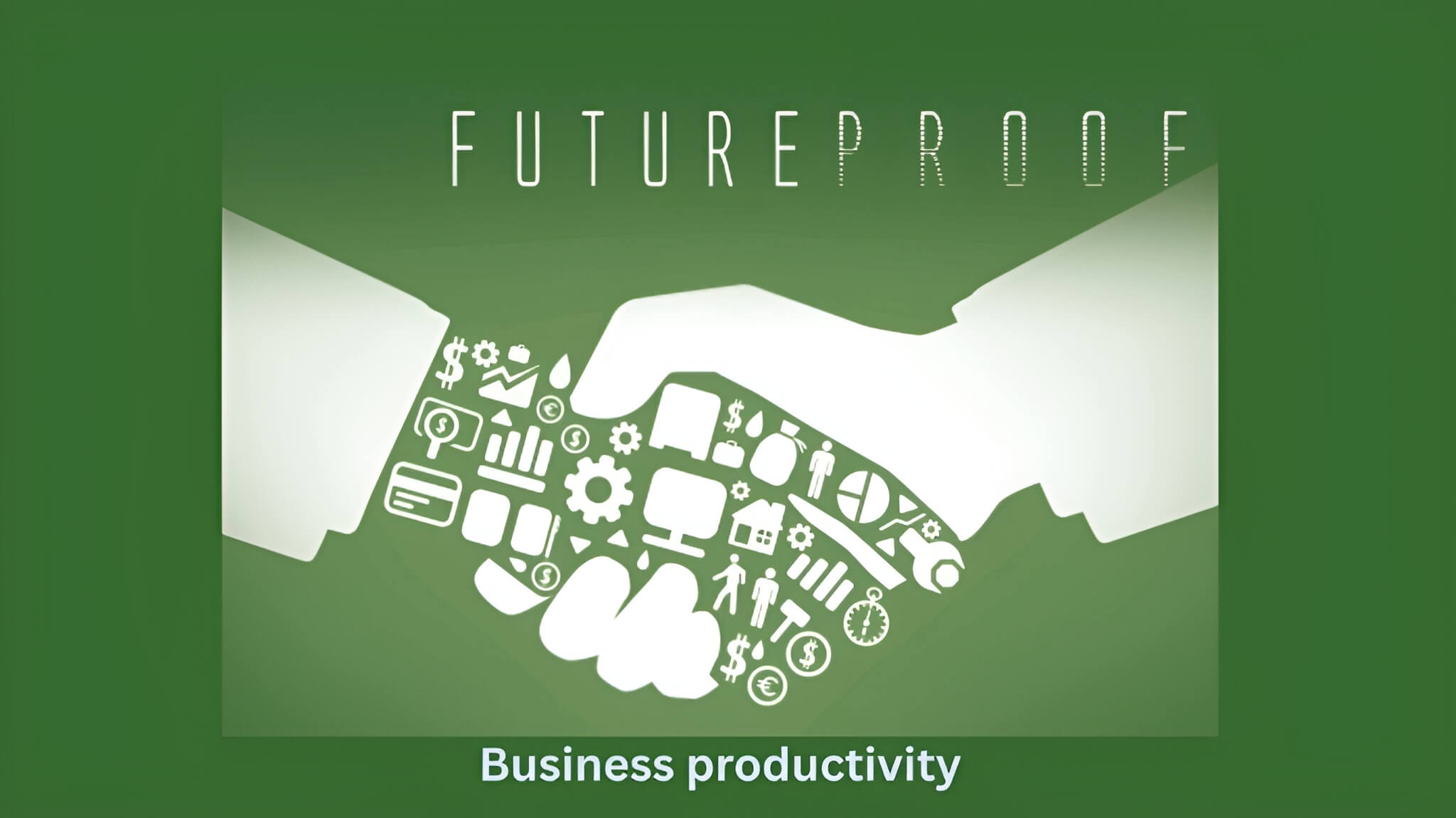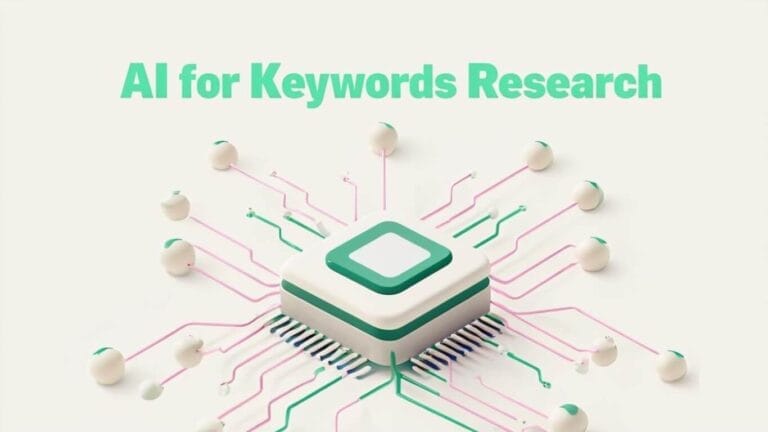Future-Proof Business and Productivity Guide

If you’ve been paying attention over the last few years, you’ve probably noticed that the pace of change isn’t slowing down—it’s speeding up.
New technologies are emerging almost weekly. Artificial intelligence, automation, and remote work have gone from buzzwords to everyday reality. And with each shift, the way we work, build businesses, and stay productive is being reshaped.
This creates a very real challenge for business owners and professionals: how do you keep up without burning out? The answer isn’t to work harder—it’s to work smarter. Future-proofing is about setting yourself up to handle what’s coming, without having to rebuild everything from scratch every year.
It’s not about predicting the future with perfect accuracy. It’s about being flexible, responsive, and clear on what actually drives progress.
Whether you’re a solopreneur, small business owner, or corporate professional, understanding how to future-proof your workflow and business model isn’t just a good idea—it’s becoming necessary.
Core Elements of a Future-Proof Business
There’s no one-size-fits-all when it comes to future-proofing, but a few foundations are always present in businesses that stay ahead.
1. Systems Thinking
Instead of constantly solving the same problems, future-ready businesses create systems. If you onboard a new client, it shouldn’t require a dozen emails and reminders. A well-documented, repeatable process ensures consistency—and saves time. Systems thinking means solving once, using forever.
2. Automation
Repetitive tasks don’t deserve your attention. Whether it’s sending invoices, replying to standard questions, or publishing content, tools can handle most of it. Automation frees up your focus for the work that actually needs you—strategy, creativity, relationships.
3. Resilience
Things will go wrong. A tool might crash. A client might leave. A platform may change its algorithm overnight. Building resilience into your systems means having backup plans, training your team to adapt, and designing your workflow so a single point of failure doesn’t bring everything down.
4. Scalability
Growth should never feel like chaos. A scalable setup handles more work, more clients, more revenue—without collapsing under the weight. That means clear documentation, consistent tools, and processes that don’t rely entirely on you.
Tools to Maximize Future Productivity
You don’t need to chase every trending app, but you do need tools that actually do the heavy lifting.
AI Writing & Research Tools: ChatGPT, Jasper, Claude, Aistudio—these can help you brainstorm ideas, write drafts, summarize research, and polish emails. They’re not replacements for your voice, but they can give you a solid head start.
Project & Task Management: Tools like Notion, Asana, and Trello help keep everything visible and organized. You can create reusable templates for your most frequent tasks, keeping your operations clean and consistent.
Automation Platforms: Zapier and Make (formerly Integromat) allow you to connect your apps together. For example, automatically send a Slack notification when someone fills out a form or trigger an email when a sale happens.
Cloud Collaboration: Google Workspace, Dropbox, and Microsoft 365 keep your files accessible and secure. They also simplify remote collaboration, version control, and sharing.
Time & Focus Tools: RescueTime, Clockify, and Focusmate help you track how you spend your time, set goals, and hold yourself accountable—without being invasive.
Use what works for your workflow. Don’t get distracted by new features. Choose tools that reduce friction and increase clarity.
And if you’re someone who wants to go even further—imagine having a Digital Layout that works like a real digital worker—your AI-powered teammate that gets things done for you while you focus on what you do best.
Mindset Shifts for Long-Term Success
Future-proofing isn’t just about tools and systems—it’s about how you think.
Shift 1: Hustle → Leverage
Hard work can get you started, but it won’t get you far alone. Leverage is what lets you grow without grinding yourself into the ground. That might be in the form of automation, partnerships, a trained team, or digital products. Think: “How can I multiply my effort without adding hours to my day?”
Shift 2: Tasks → Systems
Instead of asking “What do I need to do today?” ask “How can I solve this problem for good?” Replace recurring tasks with processes. Delegate decisions through SOPs (standard operating procedures). Build once, use forever.
Shift 3: Busy → Focused
There’s always more to do. The trick is knowing what to ignore. Productivity isn’t about staying busy—it’s about being deliberate. Your best work comes from depth, not from juggling a dozen browser tabs.
Real-World Examples of Future-Proofing
Let’s bring this to life with some real-world stories and simplified case studies.
Case 1: The Freelance Marketer
Emma, a freelance marketer, used to spend hours creating custom proposals. Now, she has a one-click Notion template that outlines her offer, pricing, past results, and onboarding steps. Her proposals are done in under 15 minutes—and she closes more deals because her process feels polished.
Case 2: The Local Bakery
A small bakery in Austin moved their ordering system online using Shopify and Google Forms. They now take pre-orders, track inventory automatically, and offer digital gift cards. Sales went up, waste went down, and they gained new customers without expanding their space.
Case 3: The Digital Consultant
Tariq, a systems consultant, built a library of training videos for new clients. Instead of repeating the same calls, he sends the link once. Clients are onboarded faster, and he has more time to grow his business.
Each of these people future-proofed one step at a time. Not with big investments or overhauls, but by noticing what was clunky—and improving it.
How to Start Future-Proofing Today
Getting started is simpler than it sounds. Here’s how to build momentum.
1. Identify Repetition
Look at your week. What do you repeat over and over? That’s the first clue. Whether it’s writing emails, onboarding clients, or checking in with your team—find what repeats and decide: can this be templated or automated?
2. Choose One Tool to Learn Properly
Instead of testing a dozen platforms, pick one tool and dive deep. Watch tutorials. Create workflows. Build templates. Whether it’s Notion, Trello, or Zapier—knowing one tool well is better than knowing five halfway.
3. Write It Down
Start documenting what you do. You don’t need to write a manual. A shared Google Doc is fine. But as you write, you’ll notice where your processes are fuzzy or fragile. That’s where the improvements begin.
4. Focus on Bottlenecks
What’s slowing you down? Is it approvals, handoffs, vague responsibilities? Fix the blockages, not just the surface. Even small tweaks can create big time savings.
5. Build One System Per Month
Instead of overhauling everything, pick one part of your business each month and systemize it. In a year, you’ll have 12 systems working for you in the background.
Future-Proof Business Ideas to Make Money
If you’re building or rebuilding a business, it helps to focus on ideas with long-term viability.
1. Digital Products with a Niche Angle
Create templates, scripts, or toolkits for specific roles or industries—sales decks for freelancers, social calendars for fitness coaches, onboarding templates for HR managers.
2. Async Consulting or Advisory Services
Offer strategy reviews via recorded videos or structured documents. It saves both you and your client time—and allows you to work across time zones.
3. Operations Setup Services
Help businesses move from messy spreadsheets to clean workflows using Notion, ClickUp, or Airtable. This is especially valuable for fast-growing small teams.
4. Outcome-Based Retainers
Instead of billing by the hour, price by results. Monthly retainers tied to specific deliverables—like producing a set number of content pieces or leads—offer predictability for both sides.
5. Paid Communities or Knowledge Memberships
If you have expertise, turn it into a private community with structured content and regular discussions. People don’t just pay for information—they pay for direction and support.
Conclusion:
You don’t need a perfect plan to build something resilient. You just need to start paying attention. What’s slowing you down? What could be handled by a system or tool? What would free you to focus on your best work?
The future isn’t just for the tech-savvy or the well-funded. It’s for anyone who’s willing to think differently and build intentionally.
Start today, with what you have. The tools are out there. The strategies are available. And the results? They’ll come once you stop reacting and start designing a business and workflow that’s ready for tomorrow.
Discover more from Ezechax
Subscribe to get the latest posts sent to your email.





